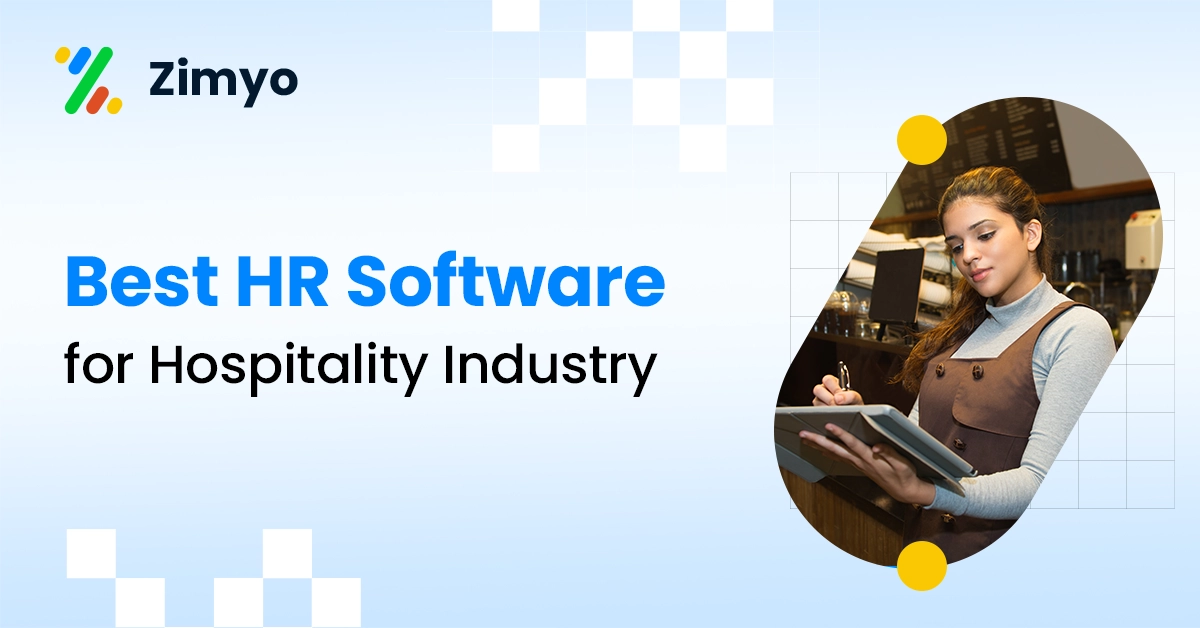Biometric technology has added more security to IT, Fintech, BFSI, and many other organizations. When used in the work environment you will see the incredible benefits it gives to your organization.
Biometric technologies came in as a new storm into these sectors. An employee has to use his fingerprint if he has to get through the entrance thus making your organization extra secure.
Biometric terminals use advanced technologies to scan the fingerprints of your staff. When you install a biometric attendance system, employees can make sure that they are accurately logged into the workplace and the organization can avoid the possible errors that you will be facing on in-out or attendance registers.
What is Biometric Attendance Systems?
The biometric attendance systems are those technological devices that are used to record attendance and time of the employees in an organization. Biometric terminals are those where the employees of IT, Fintech, BFSI, or any other sector can scan their fingerprint on the terminal. This terminal then verifies the identity of the user. You as an employer of the organization can use these terminals to restrict access and allow access to specific rooms.
Biometric attendance systems use multispectral sensors that can scan fingerprints accurately. These biometric attendance systems use different wavelengths of light that enhance the quality of data that is captured. Both the surface and subsurface of the fingerprint are stored by the system.
There are two main components included in the sensor. One is the light source, and the other is the imaging system.
The light system illuminates the finger while the imaging system creates a digital imaging array of the finger. This fingerprint is then stored as a computer algorithm. You cannot remove the fingerprints from the system, and this increases security.
These biometric attendance systems can be used alone or you can add additional input methods to it.
These are the following additional input methods you can add to your existing biometric attendance system:
- PIN entry
- Key Fobs
- ID Badges
- Swipe card
Benefits of Biometric Attendance System in SMEs
- Using a biometric attendance system eliminates time theft and increases security and accuracy.
- One of the characteristics of a biometric doesn’t allow a single co-worker to duplicate entries or time-in and time-out which helps in eliminating time theft. In other words, it eliminates the option of buddy punching.
- Biometric allows easy access to data any time
- It generates a detailed report which allows you to pinpoint the problems happening in your organization.
- It increases the accuracy of payroll in each and everyday period.
- An effective biometric attendance system installed in your organization decreases the burden on the payroll department.
Working of a Biometric Attendance System
A fingerprint scanner does two basic jobs. One is to get an image of your finger and make sure it captures the detailed pattern of your fingers i.e, the pattern of ridges and valleys, and make sure it matches that of the pre-scanned images.
Second is that only specific characters that are unique to each fingerprint are saved in a form of mathematical representation. Note that, the image of the fingerprint is not saved. The only series of numbers which is otherwise called a binary code is used for verification. This algorithm does not change or can be reconverted into an image. In this way, it is ensured that none of the fingerprints is duplicated.
Whenever a scan is made, the lines of the fingerprints are either split into two and the algorithm measures the distance between the angles.
There are two ways by which this scanning is done:
Optical Scanner:
- It flashes a bright light on the finger after which, it takes a digital photograph of the finger.
- This image is then fed by the computer to the scanner.
- The scanner uses a light-sensitive microchip that is made of a CMOS sensor or charge-coupled device to produce a digital image.
- A digital image is nothing but unique strings which can be edited or used after it is produced.
- This is used to match whenever a scan of the finger is made.
Capacitive Scanner:
- This scanner scans the fingerprint electrically. When you place your finger on the scanner, the ridges are marked leaving the center hollow part away from the scanner.
- The scanner then draws a graph based on the scanned fingerprint after which, it measures the distance between the ridges and the intersection point to form a unique digital code for the particular fingerprint which is created by the algorithm.
- This will then, be added to the database and will be used for matching whenever any scan is made.
Step By Step Process of Scanning
- A row of LED scans takes place with the bright light passed on to the surface of the glass where you will be placing your finger.
- Fingerprint should be pressed more than one time to ensure that your fingerprint is captured properly from all angles.
- The reflected light from your fingerprint bounces back to the Complementary Metal Oxide Semiconductor (CMOS) or the Charge Coupled Device (CCD) Sensor.
- Any image that is either too bright or dark will be erased.
- The algorithm tests whether the image captured is too bright or dark. In either of the two cases, it signals and redirects the user back to the first step.
- If the image is perfect with alternative bright and dark patches it is sent to the computer after which, further processing of the fingerprint takes place.
- This fingerprint that is processed can either be stored in the database or be used in comparison with the images immediately.
Conclusion
In conclusion, many computers, phones, apps of banks use fingerprint authentication to gain access control and to ensure that a secured system is in place at their organization. Fingerprint scanners of biometric scanners are a very simple yet highly secured way of providing authentication to employees and users.
Features to look for in a biometric attendance system
Choosing a biometric system that will align perfectly with all your company’s requirements can be an uphill battle for the organization. You have to look for numerous features that you need to be present in the biometric attendance system you choose.
Some of the main features to look out for if searching for a biometric attendance system are:
1. High user allowance
It’s vital to look for a biometric attendance system with good capacity and can hold numerous employees’ data without difficulty. Even if your company does not have many employees right now, the biometric attendance system should be applicable when your business flourishes and expands.
2. Connectivity
An excellent biometric system must have internet capacity for the managers to transfer the employee attendance report to the payroll system for a statistical salary calculation at the month’s end.
3. Quick response
Ensure an attendance system that identifies and responds within a fraction of seconds to the fingerprint, eye scan, face scan, etc to save time and then automatically note down the employee’s attendance.
4. Adaptive and durable
Ensure a biometric attendance system that is durable and adaptive according to the surroundings. Opt for biometrics with innovative features like waterproof and scratch-proof sensors, etc., to tackle unforeseen situations.
5. Link with the payroll management system
Choose an attendance system that can be directly linked with the organization’s payroll software, making it a piece of cake for the management to calculate the deserved salaries of the employees at the end of a period.
Benefits of biometric attendance system
1. Improved security
When all the employees are required to go through the biometric process before entering the company, it ensures that no one other than the person working there can enter, improving the company’s security. This eliminates the chances of theft or identity lies.
2. Increase employee efficiency
As each and every detail from holidays taken to the number of hours worked by an employee is statistically recorded in a report, the employees are likely to work more effectively, completing their working hours and take fewer holidays as everything is tracked down to the end.
3. It avoids misunderstandings/ disputes
As the data regarding the presence and absence of the employee is accurately managed and stored, that eventually leads to the precise calculation of the salaries of every employee at the end of the month, no employee can ever question the salary they are awarded. So use of a biometric attendance system provides proof that helps eliminate disputes and misunderstandings.
4. Reduce burden
Using an automated attendance management system helps reduce human labor and pressure on the managers. Ample of the time and effort of the management that gets used up in managing and calculating the employees’ payroll is saved and put into use on other important tasks.







